Global Handwashing Day 2022: How to capitalize on headway made during COVID-19
For years, handwashing has been one of the most critical and simple acts anyone can do to reduce the transmission of diseases, including diarrhea and infectious diseases such as flu, Ebola, H1N1 influenza, and now COVID-19. Before the emergence of the Covid-19 pandemic, handwashing has been one of the best ways to prevent the spread of disease. However, as a society, we have not paid much attention to the importance of this simple act that prevents the spread of infectious diseases.
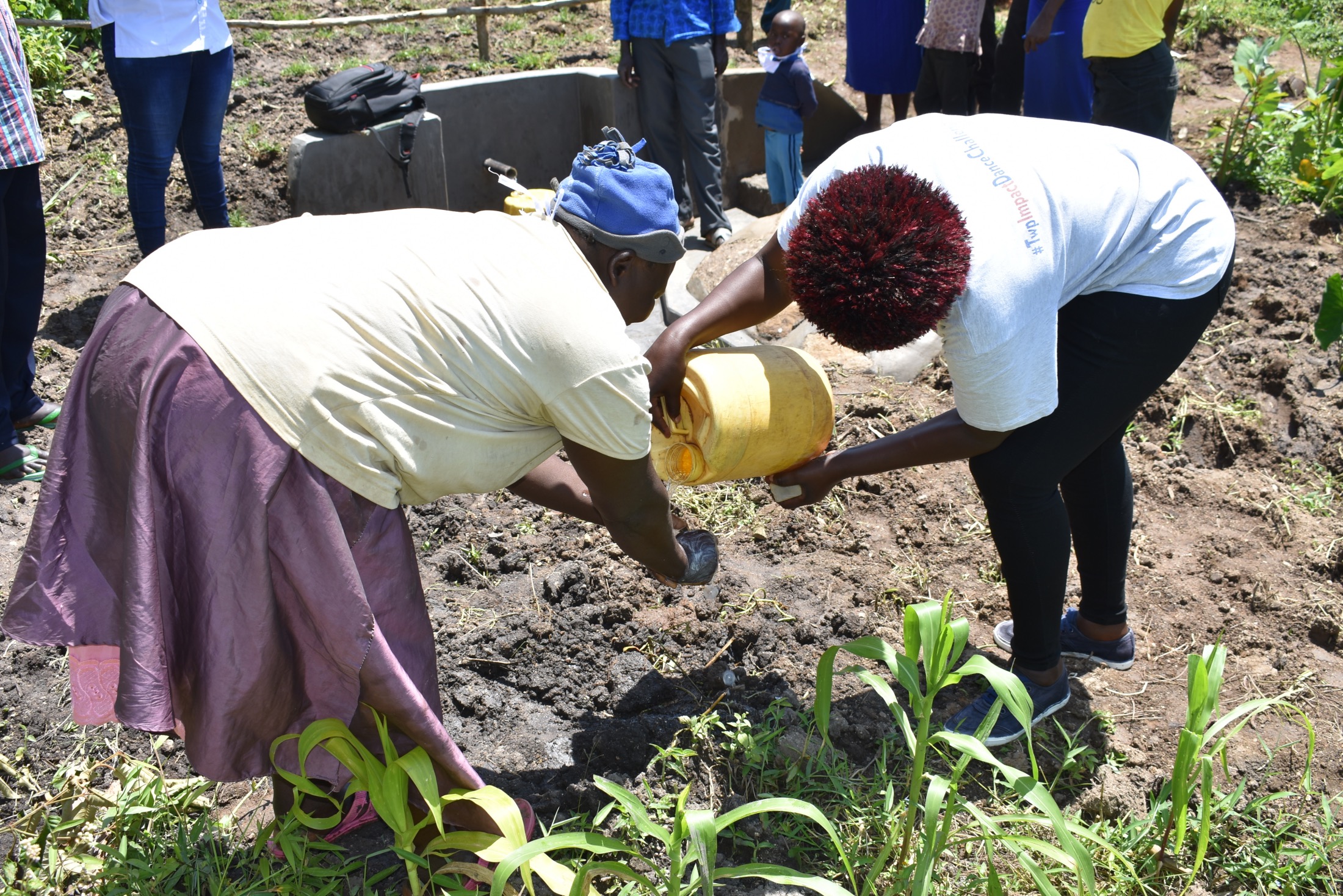
Handwashing demonstration by a community member during Hygiene training in Western Kenya
The COVID-19 pandemic has provided us with a once-in-a-lifetime opportunity to emphasize the need and the benefits of handwashing. We are working diligently to continue to make strides toward achieving the global goal of universal access to handwashing facilities with water and soap.
As we celebrate Global Handwashing Day, let us all be reminded to make handwashing a daily habit, not a one-day annual event.
Through Covid-19, we witnessed some hygiene gains such as installing hand washing stations and hand sanitizer dispensers in public markets, airports, public libraries, shopping centers, restaurants, and public transport. We saw better communication on the health benefit of hand hygiene in various media platforms (radio, TV, online, and print media).
Now that we have entered the late-Covid-19 era, the question is: how can The Water Project and the communities we serve partner to maintain the handwashing momentum we gained during the Covid-19 pandemic? Handwashing is one of the simplest and most cost-effective practices that prevent the spread of the virus and disease. How can we capitalize on the gains we made and support the communities and nations we serve?
Hand hygiene was pioneered as a means of preventing the spread of disease in the mid-nineteenth century by Ignaz Semmelweis. He aimed to reduce the terrifyingly high mortality rates in maternity clinics. Over time, his work showed that hand hygiene helped prevent various respiratory and diarrhoeal diseases and was crucial in fighting bacterial infections in healthcare facilities.
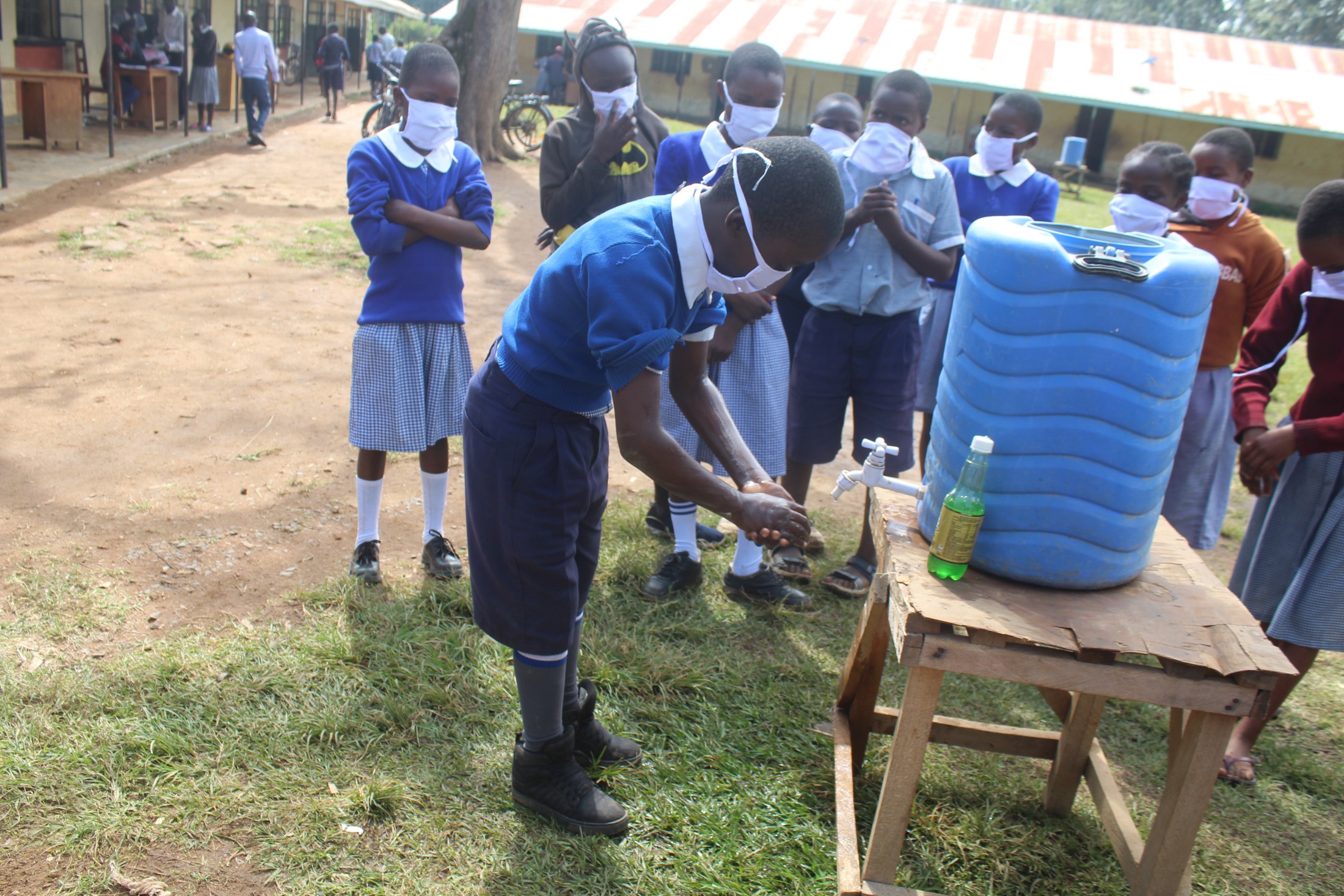
Hand washing demonstration by a student during hygiene training in schools in Western Kenya
During recent major H1N1 influenza and Ebola outbreaks, viruses that have directly impacted areas where we work, handwashing has proven to be an effective prevention measure. At the onset of COVID-19, governments and news outlets reminded everyone to wash their hands since it is known to be one of the most effective ways to protect families and communities from contracting diseases and prevent transmission to other people.
Why invest in hand Hygiene?
The COVID-19 pandemic has revealed how much work we still have left to do to ensure people have access to functioning handwashing facilities with water and soap. According to a 2021 report, 34% of schools in Sub-Saharan Africa have no handwashing facilities, and only 26% have basic handwashing facilities.
More than half of people living in Sub-Saharan Africa did not have access to handwashing facilities before the COVID-19 pandemic. The report also found that only 34% of handwashing stations in 16 Sub-Saharan countries had water and soap. Even if a handwashing station is available, it does not necessarily mean it is stocked with water and soap.
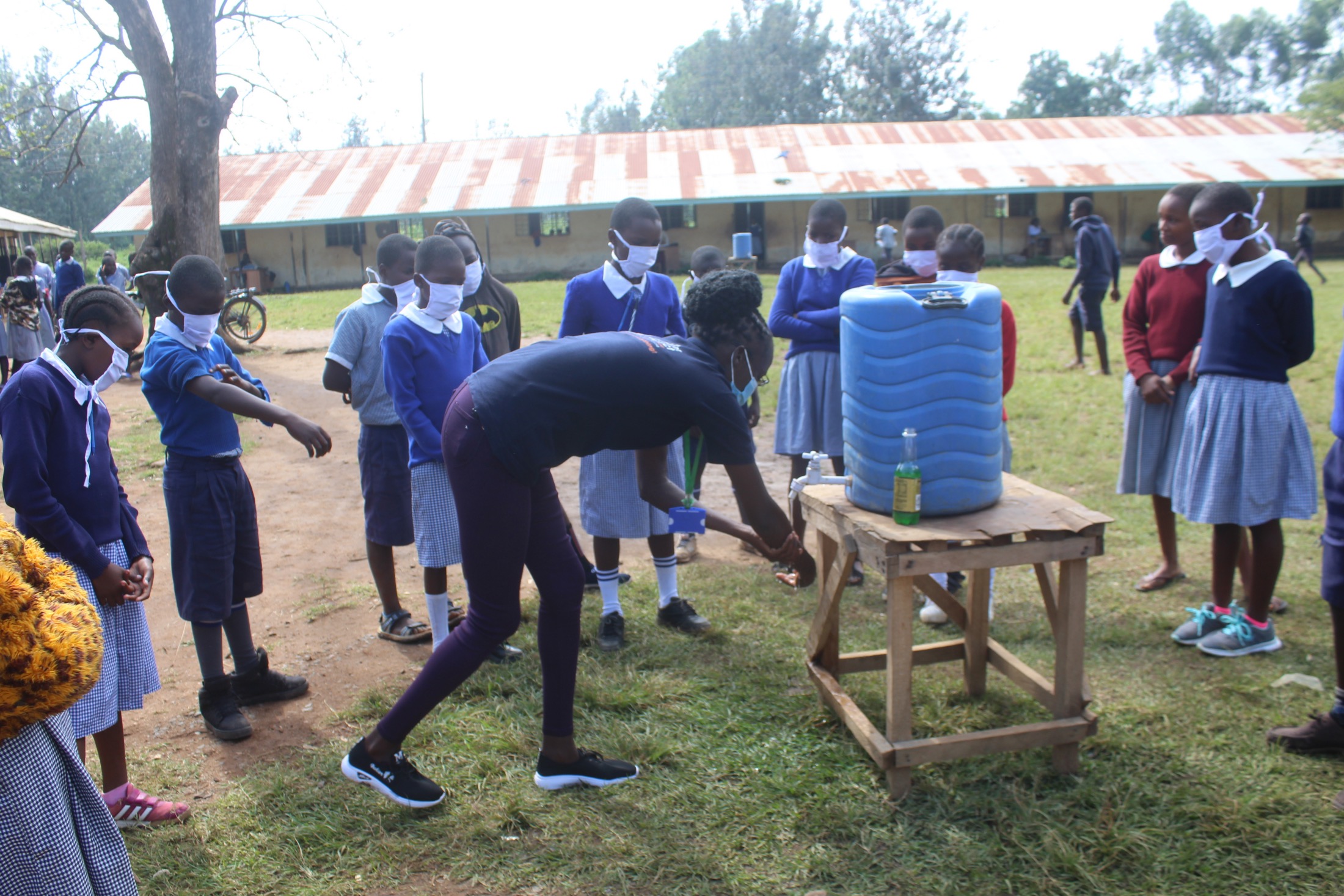
Hygiene training facilitator conducting hand washing demonstration in school in Western Kenya
Hygiene training is a part of every project that The Water Project supports. We have learned that dirty hands can contaminate clean, safe drinking water, so we work to ensure that communities, schools, and health care have the resources and training necessary to keep the water clean. The Water Project believes the combination of reliable water access, clean hands, clean containers, and a sanitary environment will help prevent the spread of sickness and improve health. So much starts with clean hands.
During training, local experts teach community members and students the importance of handwashing with soap and water after using the latrine or toilet, before and after eating, and after touching anything considered to be contaminated. The training uses a demonstration of handwashing’s ten steps. In schools, students elect a small group of their peers to become the WaSH champions in a student health club. In communities, we enable community members responsible for managing communal water points.
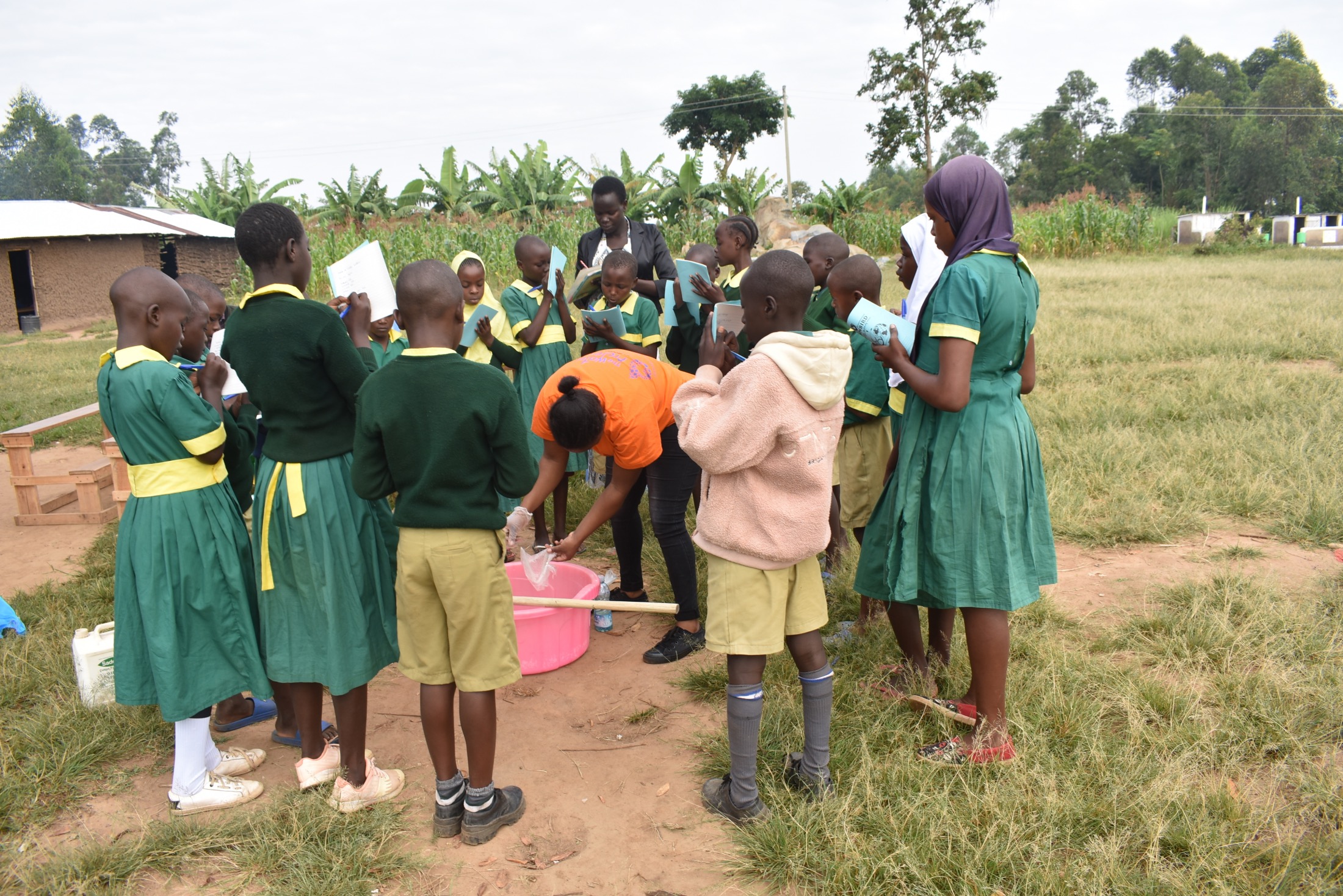
Soapmaking demonstrations with students in Western Kenya
Due to the COVID-19 pandemic, The Water Project expanded soapmaking lessons within our hygiene training in Western Kenya to help people in communities, health facilities, and schools consistently access soap. We applied the lessons learned from soapmaking with self help groups in our Southeast Kenya program. It is consistently the most popular training topic and is an income-generating opportunity for some community members. Soap is expensive, so purchasing the ingredients and training them to make soap is much cheaper and more manageable.
Since we have expanded soapmaking lessons, our in-country staff have noticed changes in the behavior and cleanliness of the people we serve. Hygiene and sanitation practices have improved in schools since water and soap are more available for the students to wash their hands and clean sanitation facilities.
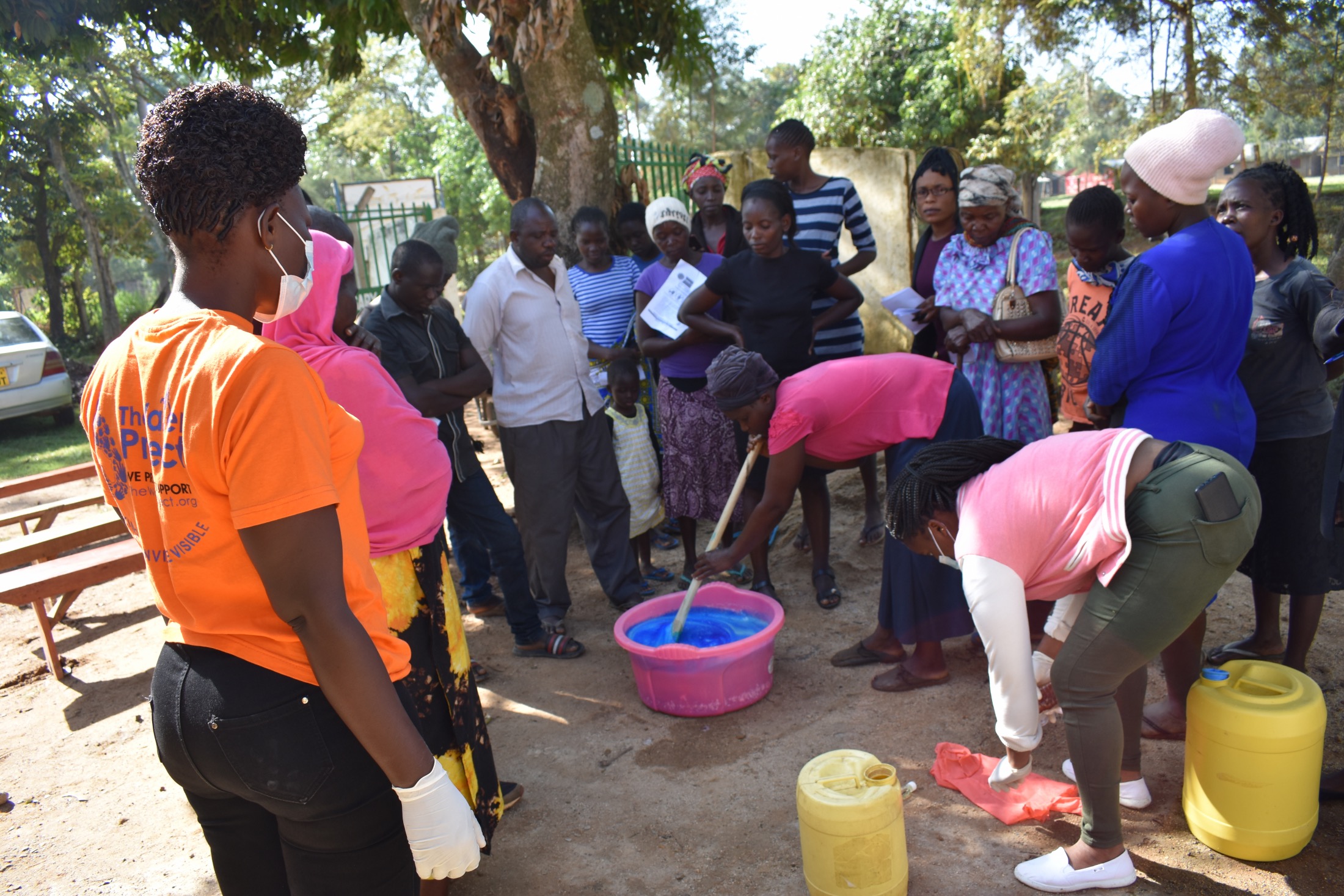
Soapmaking training with community members in Western Kenya
Ultimately, The Water Project celebrates investment in hand hygiene programs because of the improvement of the health of families and communities we work with every day.
Our provision of mobile handwashing stations in public schools and health facilities alongside hygiene and soapmaking training raises awareness about the importance of hand washing. We commemorate this through Global Handwashing Day as the nations of the world continue to face challenges emerging from COVID-19 and many other diseases that a simple act of handwashing can resolve.
Home More Like ThisTweet